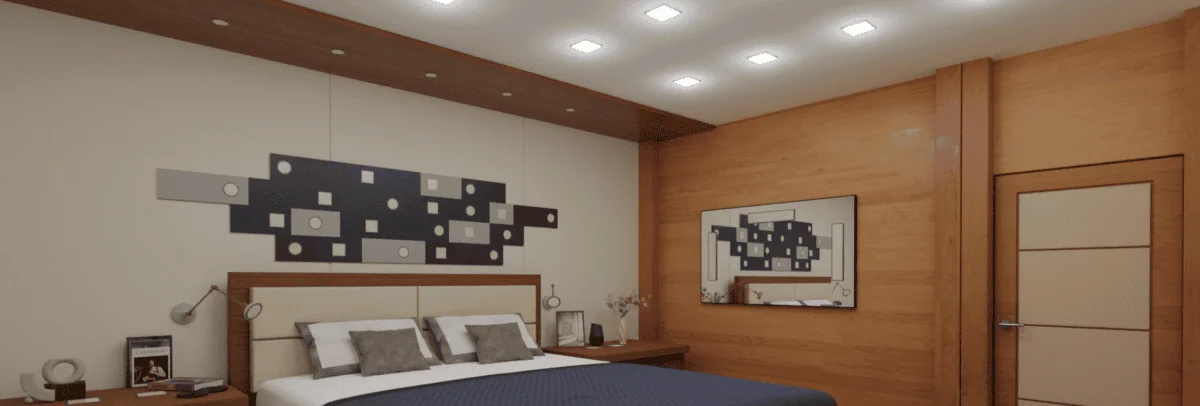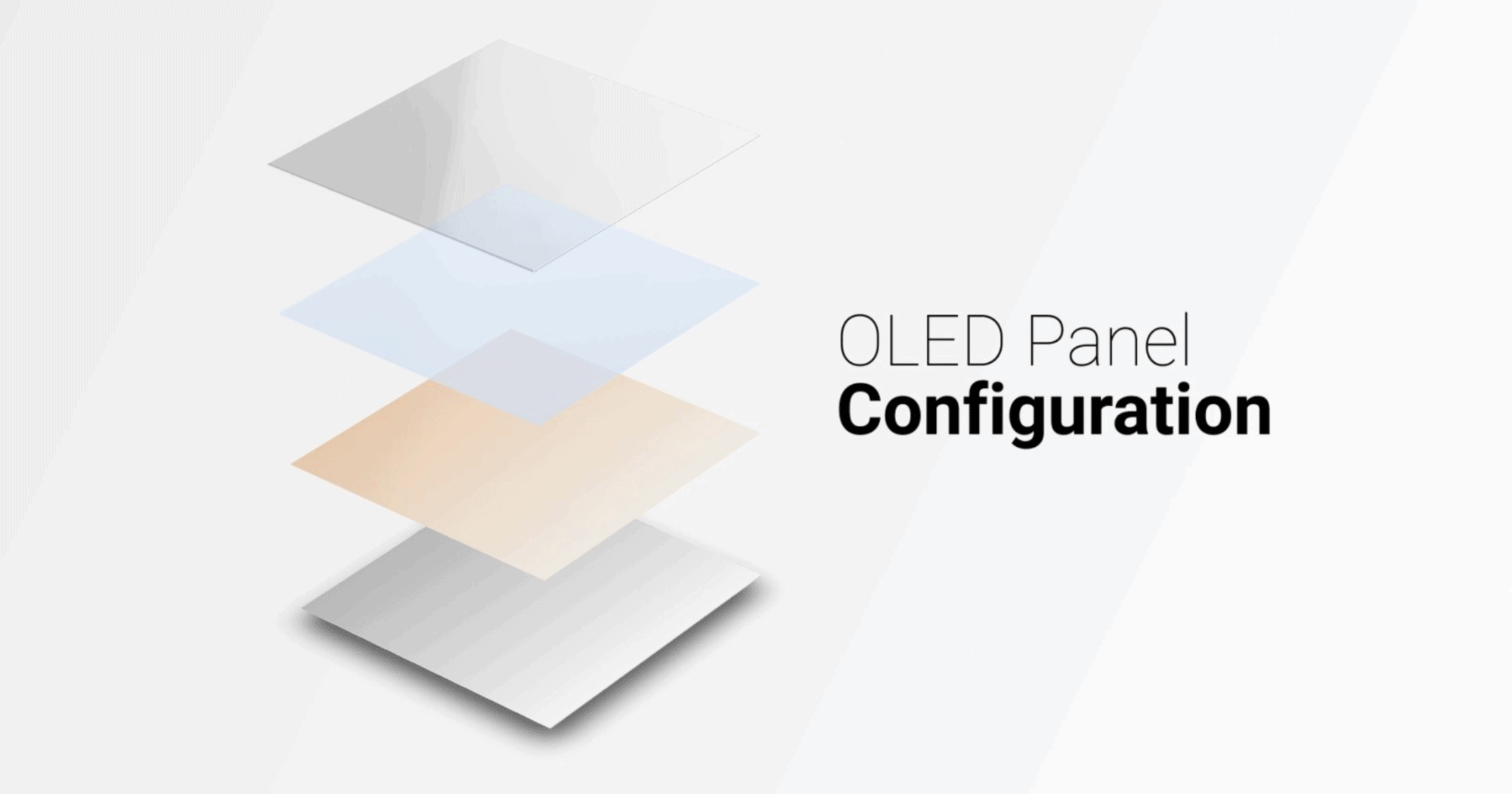
Efficiency, space, and weight considerations have been top priorities for ship designers for centuries. When solid-state lighting (SSL) first appeared in the form of inorganic LEDs, ship designers and builders gravitated to the technology for its energy-saving advantages. The introduction of Organic LED (OLED) lighting has the potential to provide energy efficiency, and space and weight savings, in one light source.
OLED Lighting Composition
OLED lighting panels are made of layers of organic material sandwiched between electrodes and deposited on a thin glass substrate. The primary layers of an OLED are:
- Glass Substrate (provides support and protection to the OLED, more robust than plastic)
- Anode (electrode)
- Organic Stack (layers of organic materials that emit light when electricity is run through them)
- Cathode (electrode)
Ultra-Thin Profile
OLED lighting is inherently thin (around 1mm thick) and lightweight, reducing the overall fixture size and weight while maintaining the energy efficiency found in LEDs. This makes OLEDs ideal for integration into headliners, furniture, vertical surface mounts, and shallow ceiling depths. In a project with the National Shipbuilding Research Program (NSRP), OLED prototype fixtures were 75% thinner and 50% lighter than comparable shipboard fixtures.
OLEDs can also be manufactured on bendable materials, which can conform to the shape of ship bulkheads or furniture. This allows designers to further reduce the total space required for lighting fixtures and provides greater flexibility in fixture design and placement within very tight areas on board.
Human-Centric Lighting
In addition to weight and size advantages, OLED technology can provide a broad spectrum of light comparable to natural sunlight. In many ship builds, it is required to design spaces in the interior areas that are unable to have access to natural light. Some studies have demonstrated that replicating natural light is necessary for the health and safety of crew members and passengers. OLED lights are ideal for such applications. Additionally, OLED lighting is naturally glare-free, and with its low blue light and zero blue light risk, it provides comfortable and soft illumination for night lighting and wayfinding.
Modern and innovative OLED technology can revolutionize the way lighting is integrated into ships and bring comfortable, natural-feeling light to where it is needed most.




![[Checklist] How to Get Started with OLED Lighting](https://www.oledworks.com/wp-content/uploads/2022/03/Checklist-Getting-Started-Header-750x254.png)